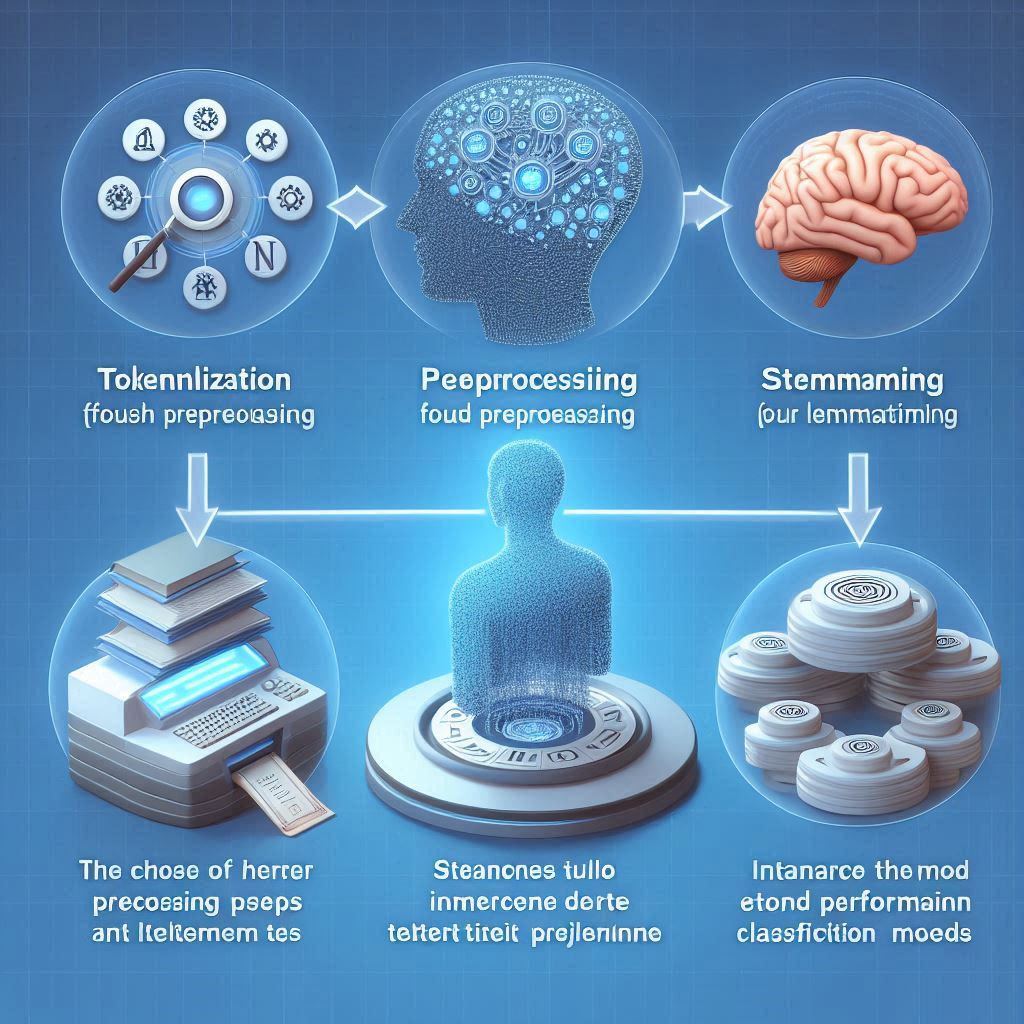Chatbots have become an essential tool for businesses to interact with their customers. They help automate customer service, sales, and marketing tasks, saving time and resources. However, chatbots can only be as effective as their ability to understand and respond to the user’s input. This is where ChatGPT comes in, a language model that uses machine learning to improve chatbot conversations. In this article, we’ll explore ChatGPT’s logit_bias, how it affects chatbot conversations, and how to master next-level chatbot convos.
What Is ChatGPT?
ChatGPT is a language model that uses machine learning to generate human-like text. It is based on the GPT (Generative Pre-trained Transformer) architecture, which is a deep learning model that uses self-attention mechanisms to generate text. ChatGPT has been pre-trained on a large corpus of text data and fine-tuned on conversational data to improve its ability to generate natural language responses.
Logit_Bias: A Breakdown
Logit_bias is a term used in machine learning to describe the tendency of a model to favor certain outputs over others. In the case of ChatGPT, logit_bias refers to the model’s tendency to generate certain types of responses more frequently than others. This bias can be caused by several factors, such as the training data, the model architecture, and the optimization algorithm.
Mastering Next-Level Chatbot Convos
To master next-level chatbot convos, you need to understand how ChatGPT’s logit_bias affects its responses. By doing so, you can take control of the model and make it work for you. Here are some tips to help you master next-level chatbot convos:
- Understand the user’s intent: To generate relevant responses, ChatGPT needs to understand the user’s intent. You can achieve this by using natural language processing techniques such as entity recognition and sentiment analysis.
- Use context: ChatGPT’s responses are based on the context of the conversation. By providing context, you can help the model generate more accurate responses. You can achieve this by using dialog management techniques such as state tracking and dialog history.
- Train the model: ChatGPT’s responses can be improved by fine-tuning the model on conversational data. You can achieve this by collecting conversational data and training the model on it using techniques such as transfer learning and data augmentation.
- Monitor the model: ChatGPT’s logit_bias can change over time as new data is added. It’s important to monitor the model’s responses and adjust it as necessary. You can achieve this by using metrics such as perplexity and accuracy to measure the model’s performance.
ChatGPT’s Logit_Bias Explained
ChatGPT’s logit_bias is caused by the model’s architecture and the optimization algorithm used during training. The model’s architecture is designed to generate responses based on the probability distribution of the next word in the sequence. The optimization algorithm is used to adjust the model’s weights to minimize the loss function. However, this process can lead to logit_bias, where the model generates certain types of responses more frequently than others.
ChatGPT’s Logit_Bias Explained
ChatGPT’s logit_bias is caused by the model’s architecture and the optimization algorithm used during training. The model’s architecture is designed to generate responses based on the probability distribution of the next word in the sequence. The optimization algorithm is used to adjust the model’s weights to minimize the loss function. However, this process can lead to logit_bias, where the model generates certain types of responses more frequently than others.
What Does Logit_Bias Mean for Chatbot Convos?
Logit_bias can affect chatbot convos in several ways. It can lead to repetitive or irrelevant responses, which can frustrate users and reduce engagement. It can also lead to biased responses, which can be harmful in certain contexts. For example, if a chatbot is used for customer service, biased responses can lead to discrimination against certain groups of users.
Understanding Logit_Bias in ChatGPT
To understand logit_bias in ChatGPT, you need to understand how the model generates responses. ChatGPT generates responses by sampling from the probability distribution of the next word in the sequence. The probability distribution is calculated using the model’s weights and the input sequence. However, the probability distribution can be skewed towards certain types of responses, leading to logit_bias.
Making Logit_Bias Work For You
Logit_bias can be both a blessing and a curse. On the one hand, it can lead to repetitive or irrelevant responses. On the other hand, it can be used to generate creative or humorous responses. To make logit_bias work for you, you need to understand the context of the conversation and use it to your advantage. For example, if you’re building a chatbot for a game, you can use logit_bias to generate unexpected or humorous responses.
How Logit_Bias Can Impact Chatbot Convos
Logit_bias can impact chatbot convos in several ways. It can lead to biased or irrelevant responses, which can reduce user engagement and satisfaction. It can also lead to discrimination against certain groups of users, which can be harmful. For example, if a chatbot is used for job applications, biased responses can lead to discrimination against certain applicants based on their gender, race, or ethnicity. It’s important to monitor logit_bias and adjust the model as necessary to ensure fair and accurate responses.
Taking Control of Logit_Bias in ChatGPT
To take control of logit_bias in ChatGPT, you need to understand how it’s generated and how to adjust it. One way to adjust logit_bias is to modify the loss function used during training. For example, you can use a weighted loss function that penalizes certain types of responses more than others. Another way to adjust logit_bias is to adjust the model’s weights directly. For example, you can adjust the weights of certain tokens to reduce their probability of being generated.
Exploring the Benefits of Logit_Bias
Despite its potential drawbacks, logit_bias can also have benefits. It can be used to generate creative or unexpected responses, which can increase user engagement and satisfaction. It can also be used to personalize responses based on the user’s preferences or history. For example, if a chatbot is used for shopping, logit_bias can be used to generate personalized recommendations based on the user’s purchase history.
Harnessing the Power of Logit_Bias
To harness the power of logit_bias, you need to understand the context of the conversation and use it to your advantage. You can achieve this by collecting data on user preferences and history and using it to adjust the model’s weights. You can also use techniques such as reinforcement learning to adjust the model’s responses based on user feedback.
Enhancing Your Chatbot Convos with Logit_Bias
Logit_bias can be a powerful tool for enhancing your chatbot convos. By understanding how it’s generated and how to adjust it, you can take control of the model and make it work for you. Whether you’re building a chatbot for customer service, sales, or marketing, logit_bias can help you generate more engaging and personalized responses. With the right approach, logit_bias can be a valuable asset for any chatbot developer.












